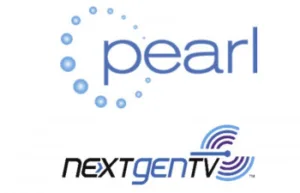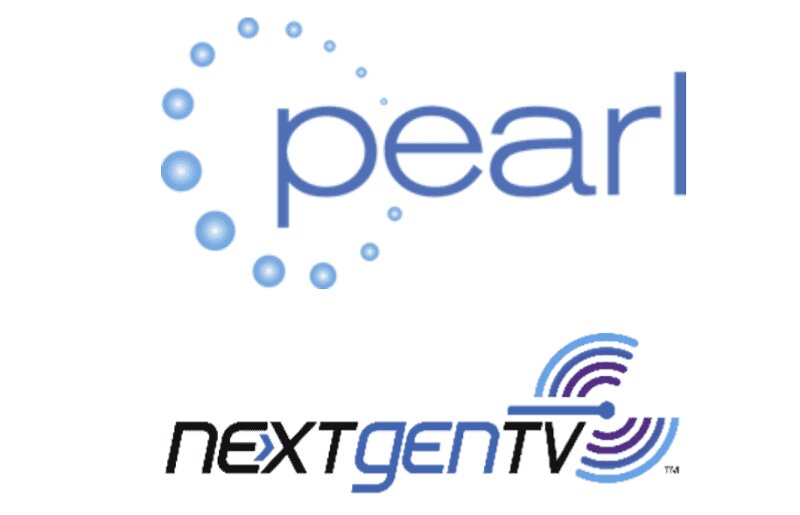Research conducted by Magid, for Dolby Labs and the Pearl TV group found that a marketing campaign around ATSC 3.0 Nextgen TV had generated a lot of interest among consumers.

The research found:
- Consumer awareness grows: 40 per cent were aware of Nextgen TV, up from 25 per cent last year among those in markets where it is available;
- Ready to buy: 74 per cent who viewed the ads were likely to purchase a Nextgen TV from TV manufacturers featured in the ad, up from 60 per cent in 2021, and 30 per cent of those went on to purchase a Nextgen TV
- Dolby adds to the experience: 60 per cent were more likely to purchase a Nextgen TV after viewing the Dolby ad and perceive Nextgen TVs as more valuable, innovative and unique from other TV brands on the market because of Dolby’s audio technology;
- Upgradeable stands out: The top differentiator (70 per cent) for Nextgen TVs is that they are designed to be upgradeable with new technology advancements.
The research also showed the following elements stand out as strong differentiators for Nextgen TV:
- Upgradable as new services are rolled out over time;
- Consistent sound levels from channel to channel;
- Enhanced internet content enabling viewers to get the most out of news, sports and events;
- Movie-theatre quality audio through Dolby AC-4 technology only found on Nextgen TVs;
- Stunning 4K, high dynamic range (HDR) video.
That was interesting research – we have been following the developments in ATSC 3.0/Nextgen TV and we sent it out to our Display Insider service subscribers.
DD contributor Pete Putman sent me the comments below which relate to this topic.
“MEANWHILE…(As Steven Colbert would say…)
According to a recently-retired friend of mine who was a top-level engineering executive at a major U.S. TV network, all anyone cares about at his former parent company is their streaming service. Not ATSC 3.0. Just how well the streaming service is doing. All company bonuses and incentives are tied to that.
Even their local owned and operated (O&O) TV stations are frantically promoting their apps during news broadcasts and station breaks, as ratings continue to drop for most programs.
None of the major US TV networks will have a headquarters presence in New York City soon. NBC already moved its master control for network feeds to a Comcast facility in Colorado. ABC is relocating its network engineering master control to an ex-Fox Network facility in Fort Worth, TX (acquired during the Disney buyout of Fox a few years ago), and will sell its building near Lincoln Center for residential development. CBS is going to put an entire block of offices and studios up for sale on West 57th Street in NY soon and likely move to HBO Studios outside the city. (Fox already originates its network shows out of Los Angeles.)
The local TV stations now share their broadcast codec multiplex with other channels to save $$ and earn extra revenue. Physical VHF channel 9 near me has FOUR different TV stations in its multiplex; one of them being the local PBS affiliate that gave up their physical TV channel 39 during the most recent reallocation of TV channels.
Stations will activate/transition to ATSC 3.0 ONLY IF it makes sense financially. There is no FCC requirement to do so. Yes, there are quite a few stations transmitting 3.0 now, but that’s a small fraction of those still broadcasting in the older ATSC 1.0 system.
As for broadcasters offering 4K TV and Dolby AC-4 audio? Dream on. Not enough people watching to justify the expense, and as I said at the beginning, the focus at the major media companies is on streaming services, particularly the fast-growing AVOD services. Not over-the-air broadcasts. (PP)
Pete followed up these comments with these remarks:
“Yesterday, I visited another long-time friend from the industry who’s been designing and building TV studios (broadcast, corporate, theme parks, education) for over 50 years. He agreed with everything I said and wondered how much longer free broadcast TV will survive, given the industry focus on streaming media.
He attributed much of this to younger bean-counters who don’t see the point in broadcast TV, and who consider the real estate long-occupied by TV stations and networks (especially in NYC) as too valuable to keep on the books. Which is why the major networks in NY are relocating master control facilities to places like Colorado and Fort Worth Texas”.
My Comments
Broadcast makes a lot of sense where a lot of people are watching the same thing at the same time, and by chance, I was having a conversation yesterday about the energy efficiency of streaming. Streaming distribution, even with multicast technology (which can send the same data to lots of people at the same time), uses way more power than broadcast if a lot of people are watching. All those internet connections, routers and switches, firewalls etc, take a lot of energy compared to a TV with an integrated tuner.
However, once you get used to having a PVR, I think the use of TV as a real time source of content changes forever.
So although I admire the work done by ATSC and its supporters, they are fighting against an irresistible tide, I think. Of course, if the broadcasters that have been working on this for a long time (we ran a Display Daily by Anne Schelle of Pearl in 2016 Next Generation Broadcast TV Platform Coming Soon) can convince more set makers to include ATSC 3.0 tuners and to maintain support, they may have some chance, but it seems to me that unless a lot of users are actually making use of these tuners, set makers will eventually decide that they would rather save cost and chop the feature out of sets. Once that happens, I fear that the technology will be at an end, at least in advanced markets where broadband is ubiquitous, such as the US. In parts of the world that are less developed, it remains a reasonable option, I think. (BR)


